-
Previous
The first simultaneous launch of four Galileo European positioning satellites was successful
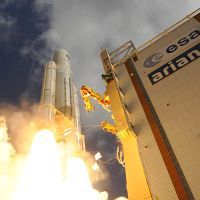
-
Next
Eutelsat launched a communication satellite equipped with a Wide Area Augmentation System (WAAS) payload
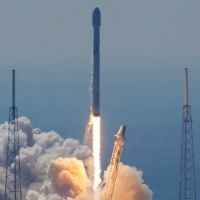
The salvaged fifth and sixth Galileo satellites to start sending test signals
According to the European Space Agency (ESA), the fifth and sixth Galileo European positioning satellites were not successfully placed on their prescribed orbits after a faulty launch two years ago in August 2014. Afterwards, their orbits were modified multiple times to reach orbits that would allow for test operation. Now, preparations have been made to start sending test signals, and the European Union (EU) will determine if these two satellites will be involved in the operation of the Galileo system’s services.
Faulty launch
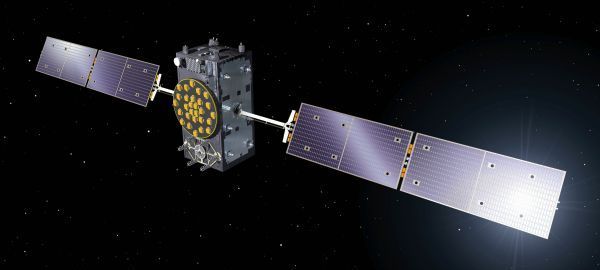
Galileo FOC(Copyright:ESA-P. Carril)
These satellites were launched on August 22, 2014 on a Soyuz rocket at the Guiana Space Centre in French Guiana as the first Full Operational Capability (FOC) satellites with sufficient capabilities required for positioning system operation.
The planned orbits were circular orbits with an altitude of 23,222 kilometers and inclination of 56 degrees. However, the satellites were not placed on their planned orbits due to a malfunction in the rocket’s upper stage. Reentry was avoided, and the satellites were put on elliptical orbits (the red line in the below photograph) with an apogee altitude of 25,900 kilometers and perigee altitude of 13,713 kilometers.
Setting new orbits and making steady altitude adjustments
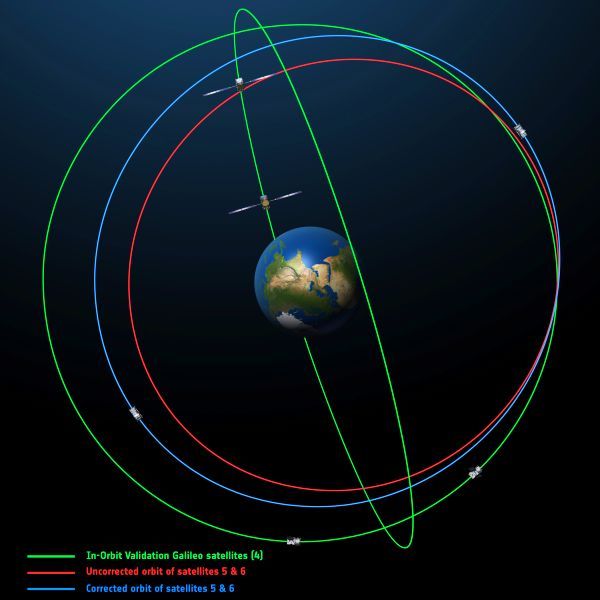
The satellites physically lacked sufficient propellant (for orbital transfer) to reach their originally envisaged orbits (green line; the long, elliptical green orbit is a separate plane). New orbits were considered and the orbital altitudes were steadily raised to put the satellites on orbits (blue line) that will allow for test operation.
The ESA says all onboard equipment functions are sound and hopes the test signals will assist in receiver verification and development. The atomic clocks on these satellites will be used for accurate experiments to verify Einstein’s general theory of relativity, which says the progress of time changes according to gravity.
-
 Nov.20,2016
Nov.20,2016The first simultaneous launch of four Galileo European positioning satellites was successful
-
 Jun.29,2016
Jun.29,2016Eutelsat launched a communication satellite equipped with a Wide Area Augmentation System (WAAS) payload
-
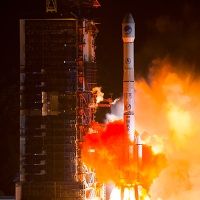 Jun.16,2016
Jun.16,2016China launched its third BeiDou satellite this year
-
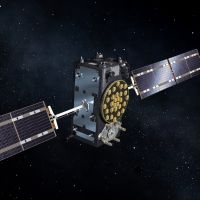 Jun.08,2016
Jun.08,2016The GSA will establish the Galileo Reference Centre in the Netherlands
-
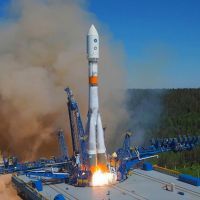 Jun.01,2016
Jun.01,2016Russian positioning satellite GLONASS-M was successfully launched on May 29
-
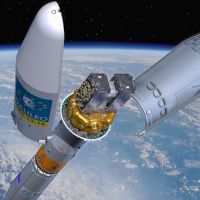 May.28,2016
May.28,2016The thirteenth and fourteenth Galileo European positioning satellites were successfully launched
-
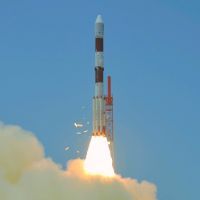 May.02,2016
May.02,2016IRNSS-1G was successfully launched, completing the Indian Regional Navigational Satellite System
-
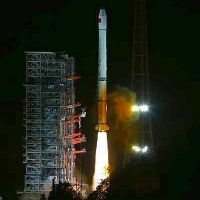 Apr.03,2016
Apr.03,2016China launched its twenty-second BeiDou satellite on March 30
-
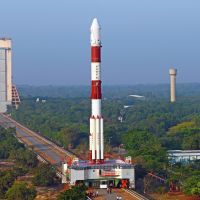 Mar.12,2016
Mar.12,2016Indian positioning satellite IRNSS-1F was successfully launched on March 10
-
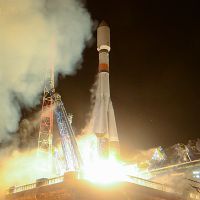 Feb.14,2016
Feb.14,2016Russian positioning satellite GLONASS-M was successfully launched on February 7
-
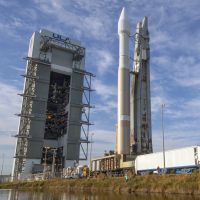 Feb.12,2016
Feb.12,2016GPS IIF-12 satellite was successfully launched on February 5
-
 Feb.11,2016
Feb.11,2016China launched its twenty-first BeiDou satellite on February 1
-
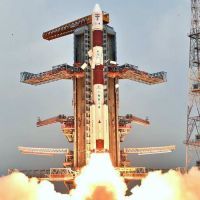 Jan.25,2016
Jan.25,2016Successful launch of the Indian IRNSS-1E positioning satellite
-
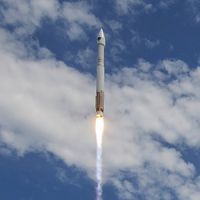 Jan.10,2016
Jan.10,2016Fifteen positioning satellites were launched in 2015
-
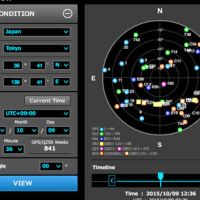 Jan.05,2016
Jan.05,2016The latest version (ver.2.0) of GNSS View
-
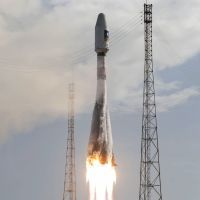 Dec.21,2015
Dec.21,2015Galileo 11 and 12 satellites were successfully launched on December 17
-
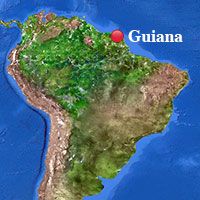 Nov.26,2015
Nov.26,2015Launch of Indian satellite GSAT-15 in the GAGAN system
-
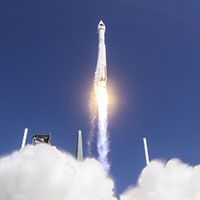 Nov.02,2015
Nov.02,2015GPS IIF-11 satellite was successfully launched on an Atlas V rocket
-
 Oct.05,2015
Oct.05,2015China launched its twentieth BeiDou satellite on September 30
-
 Sep.16,2015
Sep.16,2015Two Galileo satellites were successfully launched
-
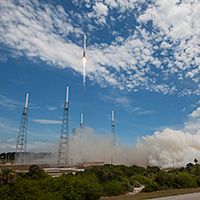 Aug.14,2015
Aug.14,2015GPS IIF-10 was successfully launched by the U.S., and two BeiDou satellites were successfully launched by China


